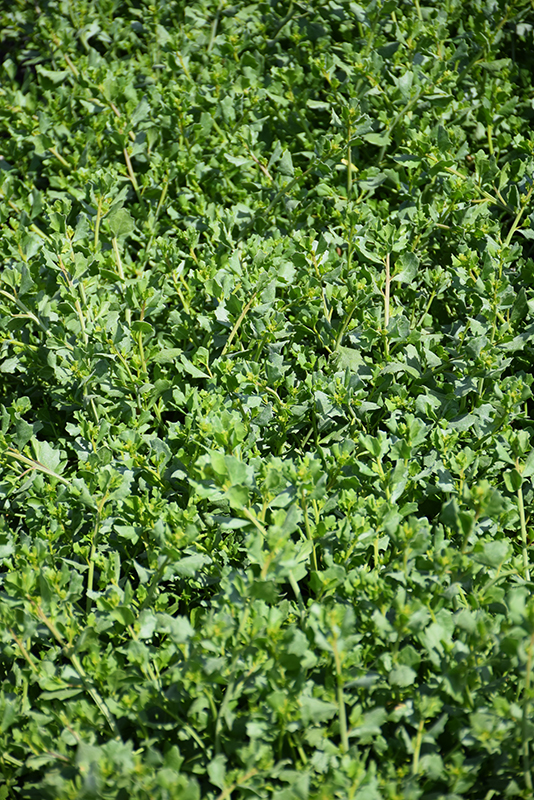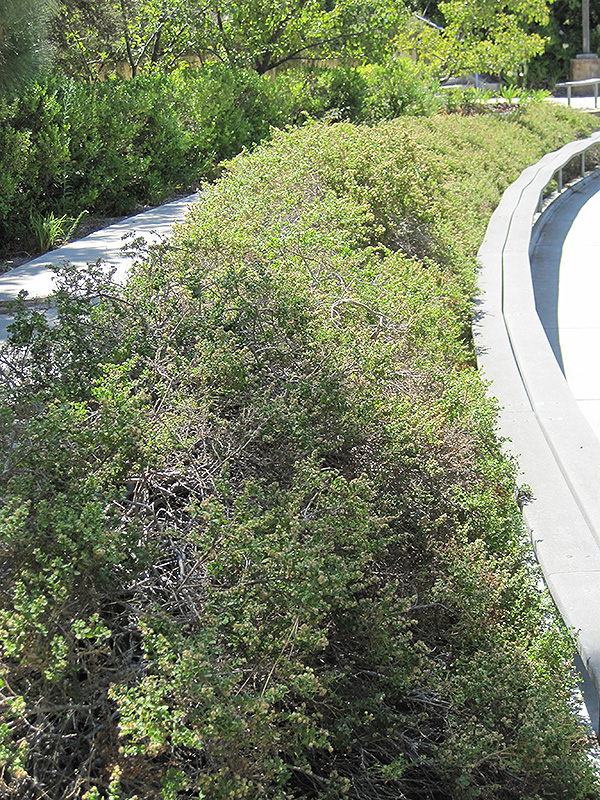Pigeon Point Coyote Brush
Baccharis pilularis 'Pigeon Point'
Height: 24 inches
Spread: 5 feet
Sunlight:
![]()
Hardiness Zone: 7a
Other Names: Chaparral Broom, Bush Baccharis, Dwarf Coyote Bush
Description:
Between August and December, this woody perennial evergreen produces yellowish male flowers and does not set seed; very drought tolerant in coastal areas, but prefers moderate watering inland; a perfect sun groundcover and good for soil retention
Ornamental Features
Pigeon Point Coyote Brush is bathed in stunning clusters of fragrant yellow flowers at the ends of the stems from mid summer to late fall. Its attractive fragrant oval leaves remain dark green in color throughout the year.
Landscape Attributes
Pigeon Point Coyote Brush is an herbaceous evergreen perennial with an upright spreading habit of growth. Its relatively fine texture sets it apart from other garden plants with less refined foliage.
This is a relatively low maintenance plant, and may require the occasional pruning to look its best. It is a good choice for attracting bees and butterflies to your yard, but is not particularly attractive to deer who tend to leave it alone in favor of tastier treats. It has no significant negative characteristics.
Pigeon Point Coyote Brush is recommended for the following landscape applications;
- Mass Planting
- Rock/Alpine Gardens
- Groundcover
- Naturalizing And Woodland Gardens
Planting & Growing
Pigeon Point Coyote Brush will grow to be about 24 inches tall at maturity, with a spread of 5 feet. Its foliage tends to remain dense right to the ground, not requiring facer plants in front. It grows at a medium rate, and under ideal conditions can be expected to live for approximately 20 years. As an evegreen perennial, this plant will typically keep its form and foliage year-round.
This plant should only be grown in full sunlight. It prefers to grow in average to moist conditions, and shouldn't be allowed to dry out. It may require supplemental watering during periods of drought or extended heat. It is not particular as to soil type or pH, and is able to handle environmental salt. It is somewhat tolerant of urban pollution. This is a selection of a native North American species.



